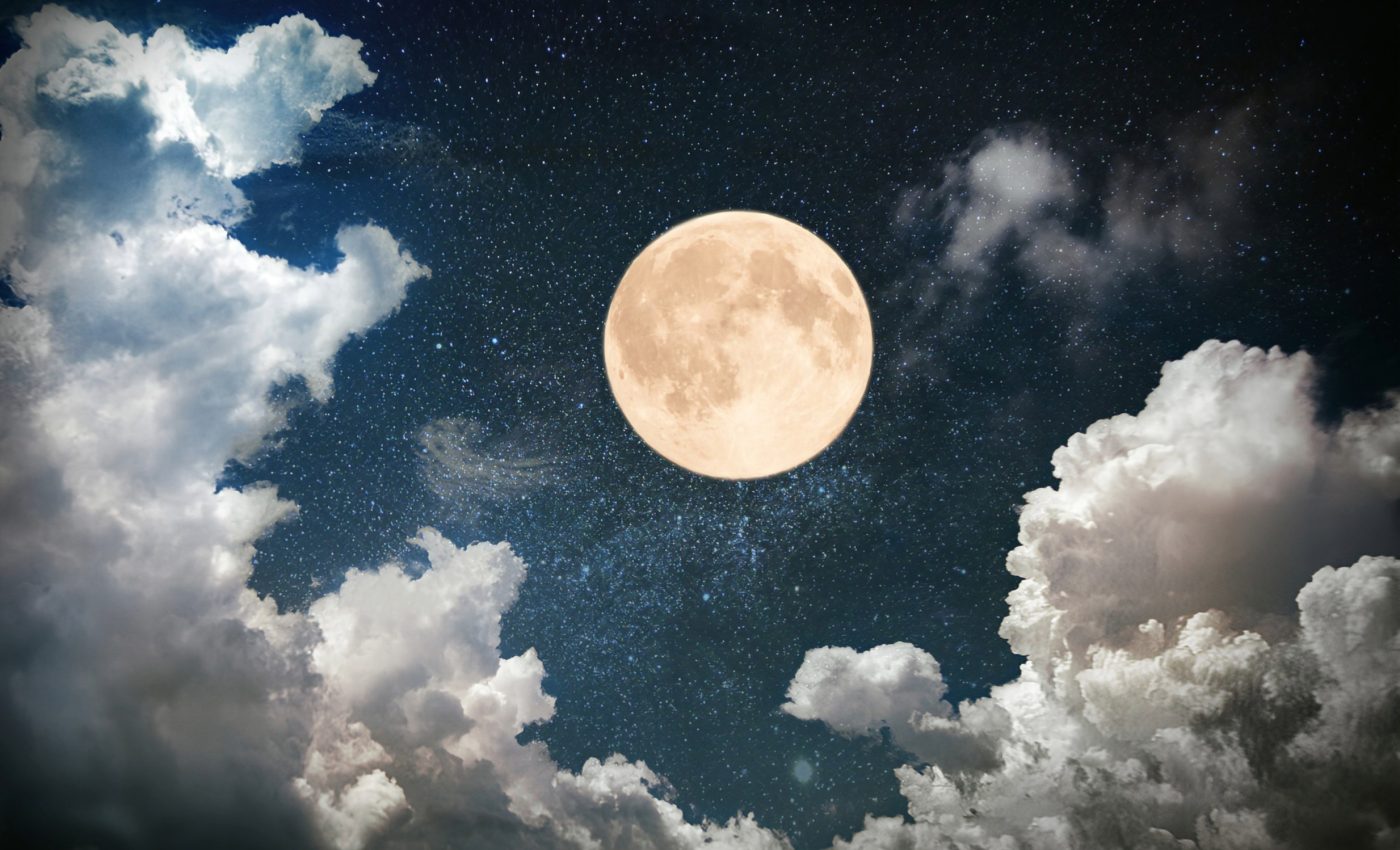
Wildlife-vehicle collisions surge during full moon nights
Have you ever stopped to consider the moon’s earthly influence on humans and wildlife? Sure, we’re familiar with its role in tides, but it’s far from just a celestial object that adorns our night sky.
In a recent twist, a study has found something surprising. The research reveals a startling 45.8 percent spike in wildlife-vehicle collisions during full moon nights.
Wildlife collisions during full moon
Kentaro Iio, a former Texas A&M student, together with Dr. Dominique Lord, a faculty member in the Zachry Department of Civil and Environmental Engineering, dug into a decade’s worth of Texas collision data.
By comparing full-moon nights to new-moon nights and the respective wildlife-vehicle collisions, they found that non-wildlife collisions during the same timeframes showed no significant change.
This research highlights the importance of being extra careful while driving on full moon nights. It also gives policymakers food for thought about potential improvements to transportation policy and infrastructure.
Full moon’s impact on wildlife
“I compared really dark nights without moon illumination (new moon) to really dark nights with the full moon illumination,” Iio said.
“If you include other lunar phases in the analysis, they appear on the horizon at different times each day, making it more difficult for true apples-to-apples comparisons.”
Interestingly, this isn’t an isolated finding. Other studies conducted in areas such as Spain, Canada and Lithuania reflect similar trends.
“Although the illumination is better, it’s still nighttime,” said Dr. Lord. “When you drive at night, I’m not sure the illumination from the various perspectives is so much greater compared to daytime.”
Although, the suggested explanations vary in each case. Iio and Lord believe the rise in wildlife-vehicle collisions is likely tied a mix of elements, like driver fatigue and increased wildlife activity at night, that play their parts.
City lights and rural routes
The study’s data was also broken down to illuminate rural and urban areas. Interestingly enough, the capital area of Texas was the only one with a lower relative risk of wildlife-vehicle collisions during a full moon, although the difference wasn’t significant.
“Rural areas tended to have higher collision ratios concerning the full moon than urban areas,” Iio said.
Despite the study’s compelling findings, several areas remain unexplored. For instance, the study didn’t identify the types of wildlife involved or account for variations in illumination intensity over the years.
However, incoming studies could fill these gaps and provide a more comprehensive picture.
Wildlife collision prevention during full moon
Let’s not forget, each statistic represents a real-life incident. Hence, potential improvements like increased lighting in rural areas, wildlife warning reflectors or boosted emergency services during full moon nights could save lives.
As technological advancements continue to reshape our world, emerging innovations hold promise in mitigating wildlife-vehicle collisions. For instance, smart road technology integrates sensors and cameras that can detect wildlife presence, alerting drivers in real-time.
Additionally, advances in vehicle technology, such as automatic braking systems and enhanced night vision capabilities, are playing crucial roles in preventing accidents.
Harnessing these innovations, combined with data-driven approaches, can provide a more robust defense against collision-related incidents on full moon nights and beyond.
Understanding animal behavior
A key component to addressing wildlife-vehicle collisions during full moon nights involves a deeper understanding of animal behavior in different environmental contexts.
Wildlife activity often escalates during nights illuminated by the full moon, as animals capitalize on the increased visibility for foraging and social interactions. This behavior can vary significantly based on species and local ecological conditions.
By studying these patterns, researchers can develop targeted strategies to mitigate collision risks, such as timing vehicle alerts or implementing seasonal warning systems to correspond with periods of heightened wildlife movement.
Public awareness and education
Beyond technology and data, public awareness and education are critical in reducing wildlife-vehicle collisions during full moon.
Educating drivers about the specific risks and challenges posed by driving during full moon nights can empower them to make informed decisions.
Campaigns aimed at highlighting the importance of slowing down in high-risk areas and adopting defensive driving techniques can be particularly effective.
Furthermore, involving community stakeholders in these educational efforts can foster a collaborative approach to problem-solving, encouraging local initiatives that tailor preventive measures to specific regional needs.
Ultimately, the Texas A&M study has opened our eyes to an often overlooked realm – how the moon indirectly influences daily lives of humans and wildlife.
The study is published in the journal Transportation Research Part D: Transport and Environment.
—–
Like what you read? Subscribe to our newsletter for engaging articles, exclusive content, and the latest updates.
Check us out on EarthSnap, a free app brought to you by Eric Ralls and Earth.com.
—–













